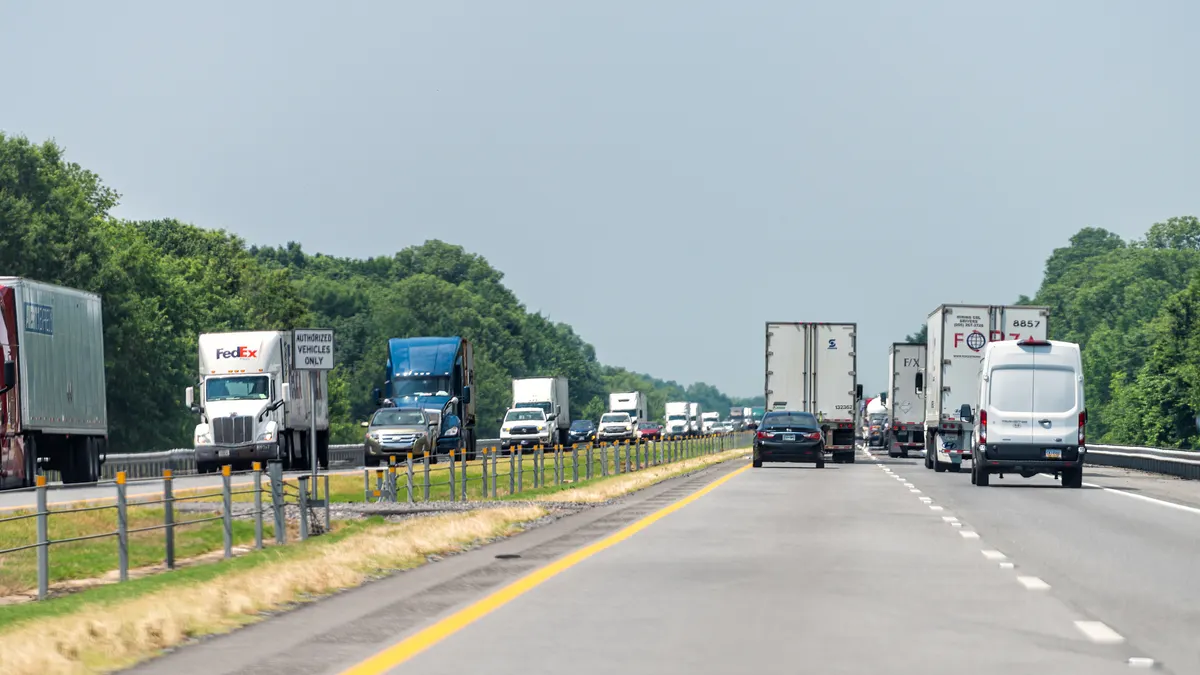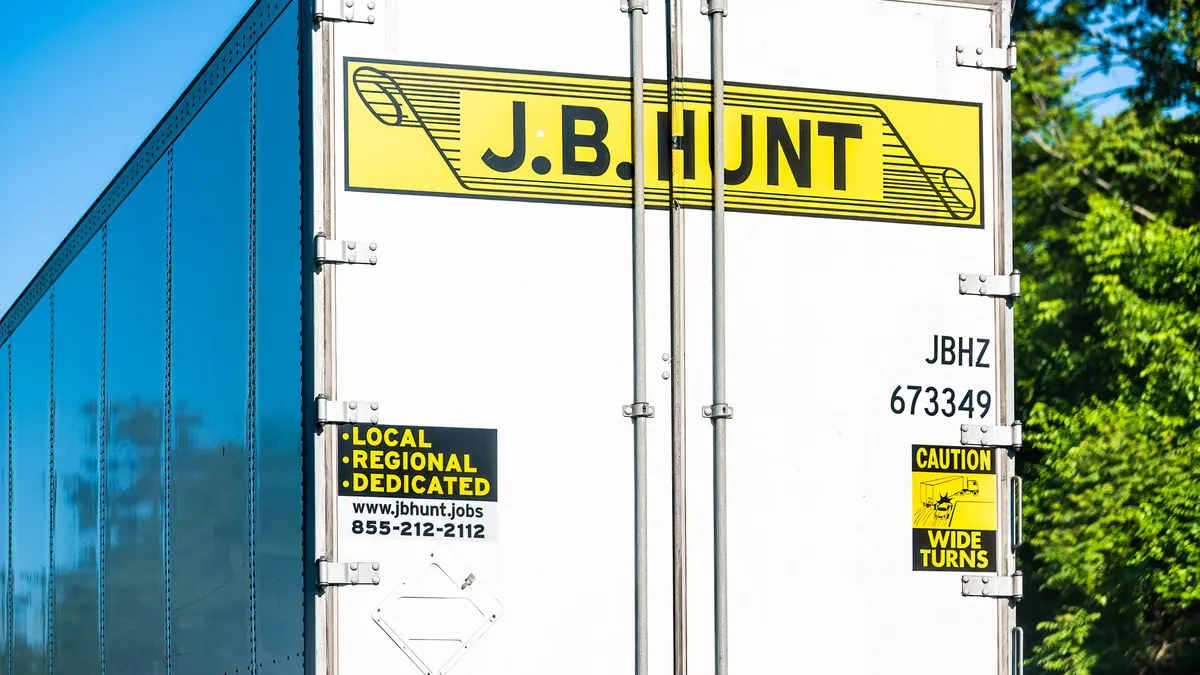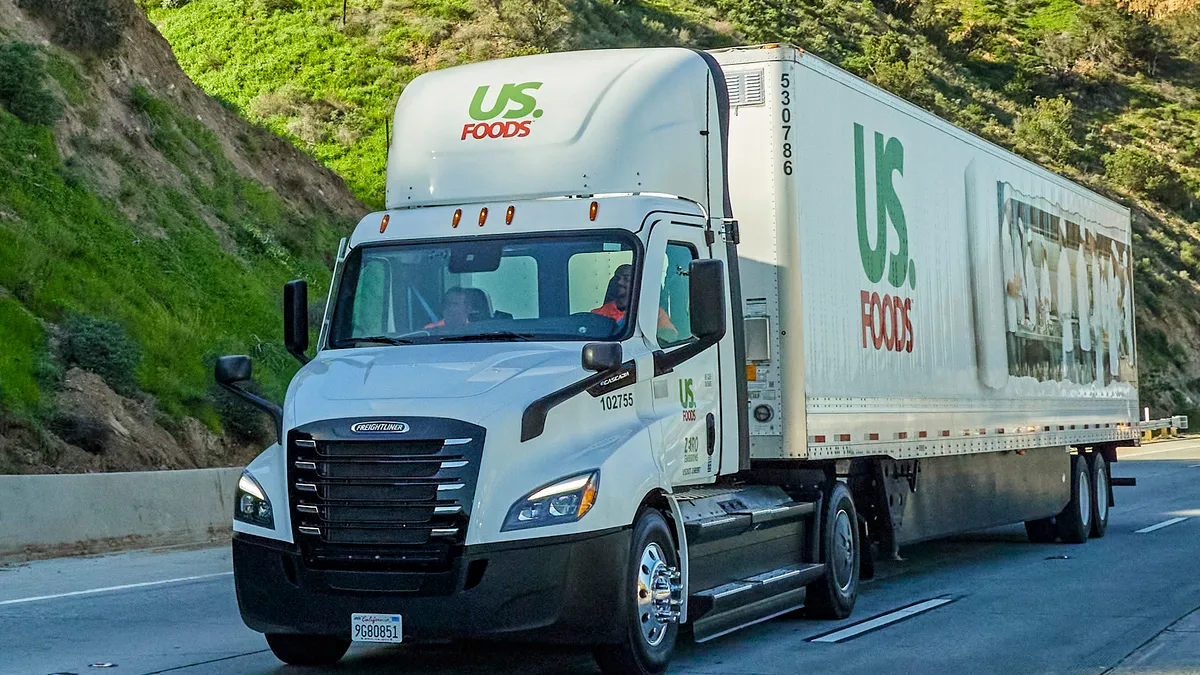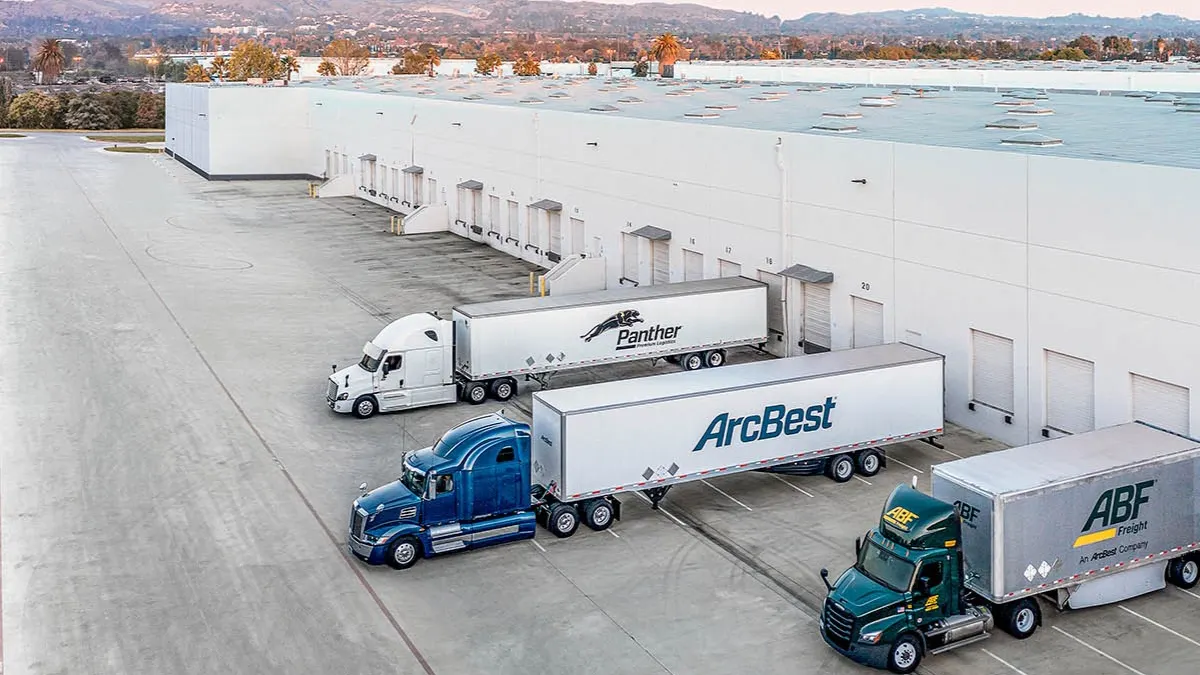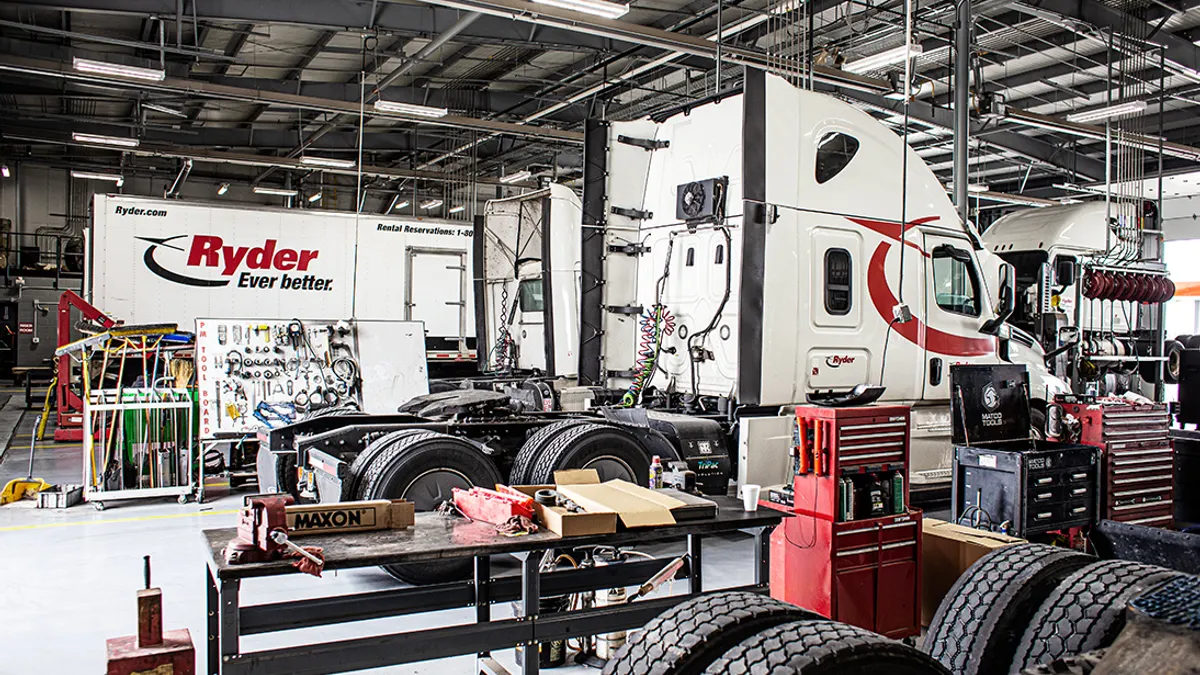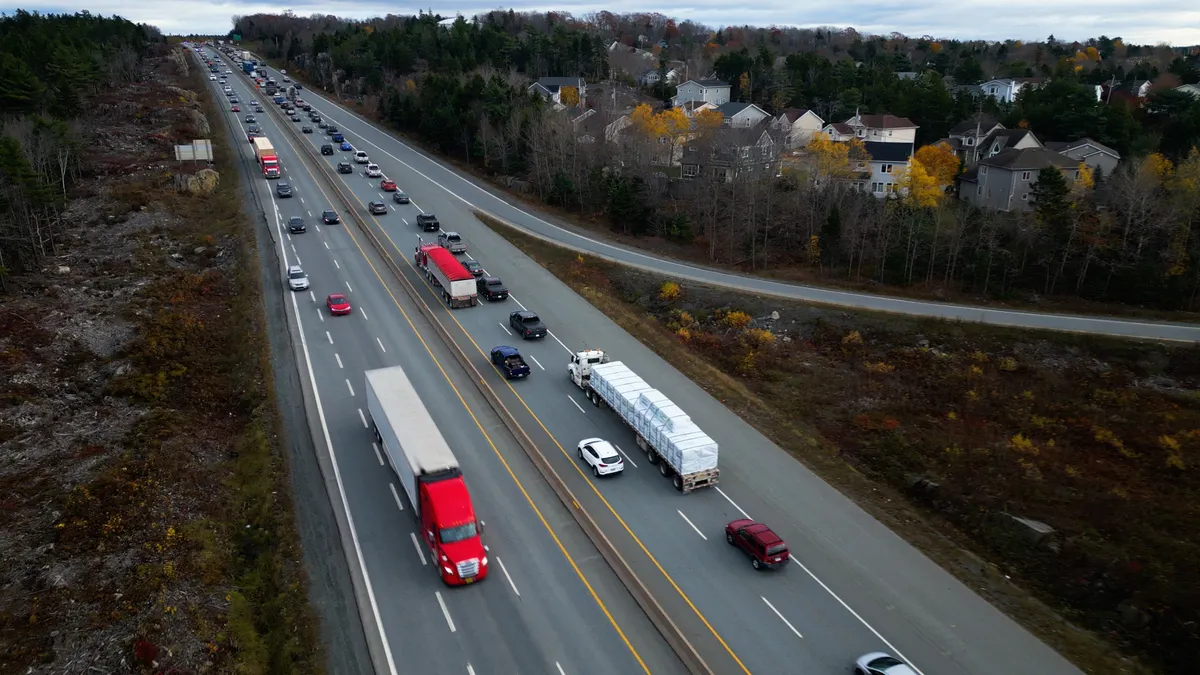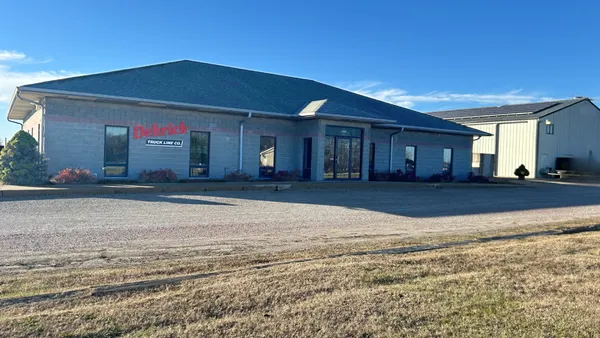Trucking spot rates are one of the leading indicators of where contract rates will go. With spot rates surging in recent months, the consensus should be that contract rates will soon rise.
But some analysts are balking at guarantees, given how much the economy has been disrupted since March. Weakness in the economy could also stall a rise in contract values.
"If the shippers do not believe the volumes will stay elevated, it will be harder for carriers to push contract rates up," said Kevin Zweier, VP of the transportation practice at Chainalytics, an analytics and consulting firm.
Normally, analysts say it takes between three to six months for contract rates to catch up to spot rates. But Dean Croke, principal analyst at DAT, said industry officials should not assume a simple formula in assessing the direction of contract rates. Spot rates are usually higher in August, and higher prices now may not suggest capacity is tight.
"There's plenty of trucks right now," said Croke. "It's just those trucks aren't in the right places."
An out-of-sorts market in rates and capacity
The reason for the fragmented, out-of-sorts truck market is the coronavirus, said Croke. Consumption shifted during the pandemic, and that meant the normal routes were no longer normal.
In April, trucks found fewer shipments awaiting at industrial outlets and intense demand from shippers of food and household items. Reefer rates rose to $2 per mile for the week ended March 22, a high that had not been reached since early January 2019. Grocery stores ran out of hand sanitizer, Lysol and, in some cases, meat and dry yeast. Consumption became king, and industrial production of non-food goods got put on the back burner for a bit, as some factories idled.
"It's a market imbalance," said Croke. "There was a surge in demand for different commodities."

After initial panic buying subsided, spot rates fell. Then they rose again as shippers' inventories were depleted.
"Consumers are adjusting to the new normal. The panic buying has slowed," Croke said. "Instead of all the volatility we saw in the spring, I think we are gradually getting back to some equilibrium in the market."
The spot market is showing some stabilization after months of volatility, according to DAT data. Spot load posts were down 2.6% for the week ending Aug. 16, but rates "are tracking well above seasonal norms," DAT said. Dry van spot rates were $2.02 per mile; reefer, $2.20; and flatbed was $2.04, according to Croke. (All rates exclude fuel surcharges.) That's an increase of 2.4% compared to week prior for van, 0.5% for reefer and 0.8% for flatbed.
Now the question is put to contract rates. Werner CEO Derek Leathers told analysts during a July 29 conference call on second-quarter earnings that he planned to have "real, open, frank discussions" with shippers, especially if they need extra capacity.
The capacity problem isn't just trucks, he said. It's also drivers.
"We've seen, as an industry, accelerated retirements from that demographic that was near retirement anyway because of ... their preference to bow out now," Leathers told analysts.
Coupled with that, licensing agencies issued 100,000 fewer CDLs in the first half of the year, and training classes using social distancing are producing "about 60% of the graduates that they did pre-COVID[-19]," Leathers said.
"There's plenty of trucks right now. It's just those trucks aren't in the right places."

Dean Croke
Principal analyst at DAT
Zweier wrote on his company's blog that capacity oversupply — or "overhang," as he called it — was an issue when 2020 started.
"Excess supply combined with demand that, while not lackluster, was lower than the available supply, it was easy to predict that both spot and contract rates would fall in Q1-2020," Zweier wrote on an Aug. 4 post on Chainalytics' website. "And that’s precisely what happened. When COVID-19 abruptly entered the U.S. scene in the middle of March and led to a consumer buying frenzy, trucking volumes spiked 10-15%, only to crater a month later. Volumes in April were down over 20%."
Zweier acknowledged the supply issues, such as fewer drivers available for the same amount or more loads. Croke said carriers and shippers are trying to get around the problems of deadheading, fewer drivers and new warehouse locations — all things that can raise spot price.
"They have found a way to operate efficiently," said Croke. "They have found a way to operate in a market where there was not a precedent."
Contract rates on the rise
The 800-pound gorilla in the pricing room is still the economy. Zweier said federal loans and transfer payments are helping businesses and consumers, but he isn't sure how long that will last. And he is not sure the recovery will be sudden and strong in the shape of a "V."
"Once that money goes away, then it has to be driven by the economy," said Zweier. "I am not sure we are in a 'V'-shaped recovery."
The pace of recovery and consumer spending will influence spot rates, which, in turn, will influence contract rates — all elements that are up in the air, given the uncertainty surrounding the virus.
"Once that money goes away, then it has to be driven by the economy. I am not sure we are in a 'V'-shaped recovery."
Kevin Zweier
VP of Transportation Practice at Chainalytics
Driving the spot market rally are several factors. One is that inventories are low, including retail but excluding apparel. Food and beverages are at low levels, and auto-parts inventories are at their second-lowest in recent history, said Avery Vise, VP of trucking at FTR.
And it's not just a rise in spot rates, but how long they sustain higher levels, Croke said. The combination puts upward pressure on contract rates, he said.
Croke said he sees contract rates rising as of Wednesday. "In dry van, contract rates were $1.78 in May, and were $1.95 now," Croke said.
Vise thinks the price pressure could continue upward. "There certainly is potential for them to go higher," he said.

Vise said the current spot rate environment should also be judged on a longer-term comparison. Spot rates are the highest since the freight boom in September 2018. They are up 19% year over year, and they are up 12% from the five-year average, he said.
There is still potential for more economic woes, Vise said, but if carriers have not lured back more drivers, there will be higher contract rates in the fourth quarter and in the first quarter of 2021.
And if that happens, summer consumption will likely be the main cause. Left with fewer vacation options, Americans began working on home improvement and perhaps frequented e-commerce sites more often.
"We drew down summer inventory really quickly," said Croke.


